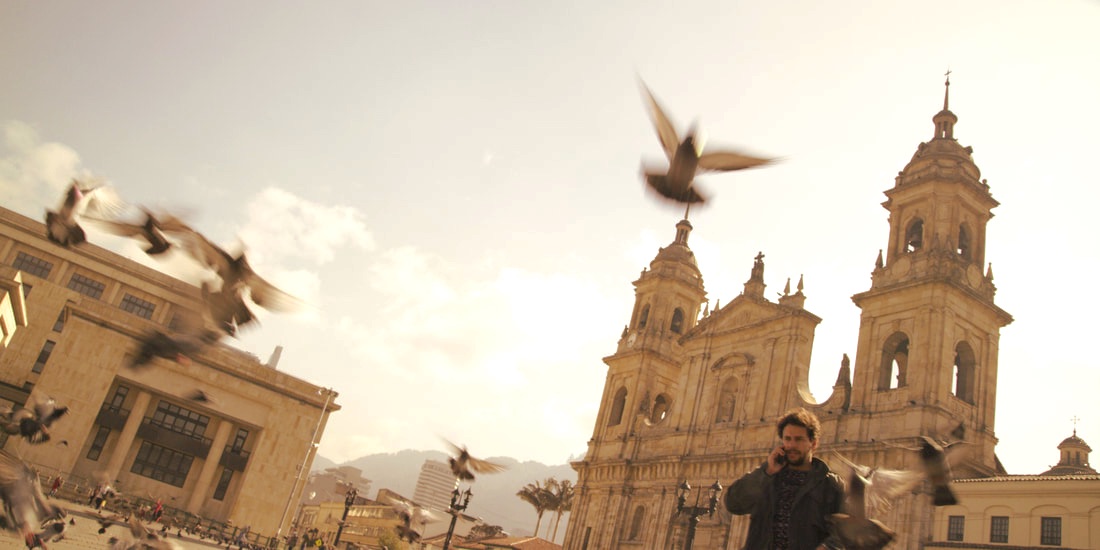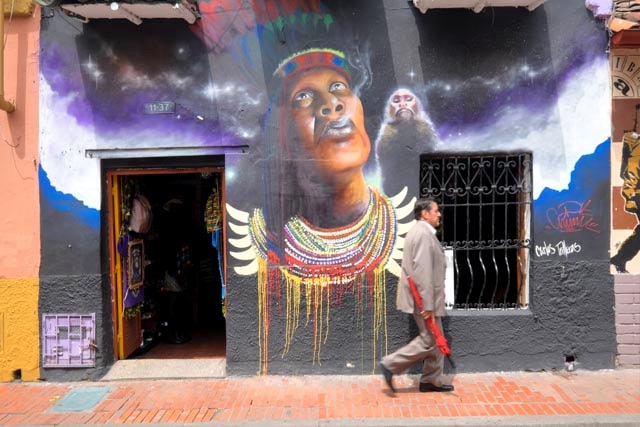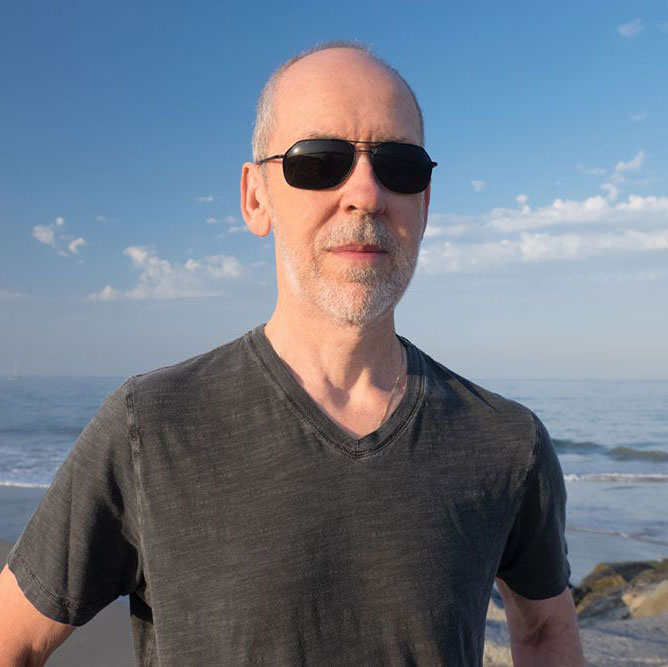1 Comment
Champ Clark
11/15/2017 05:00:02 pm
You are a magnificent writer, Mr. Epperson. Thank you!
Reply
Leave a Reply. |
Tom Epperson is a novelist and screenwriter who lives in Los Angeles. Archives
March 2022
Categories |




 RSS Feed
RSS Feed